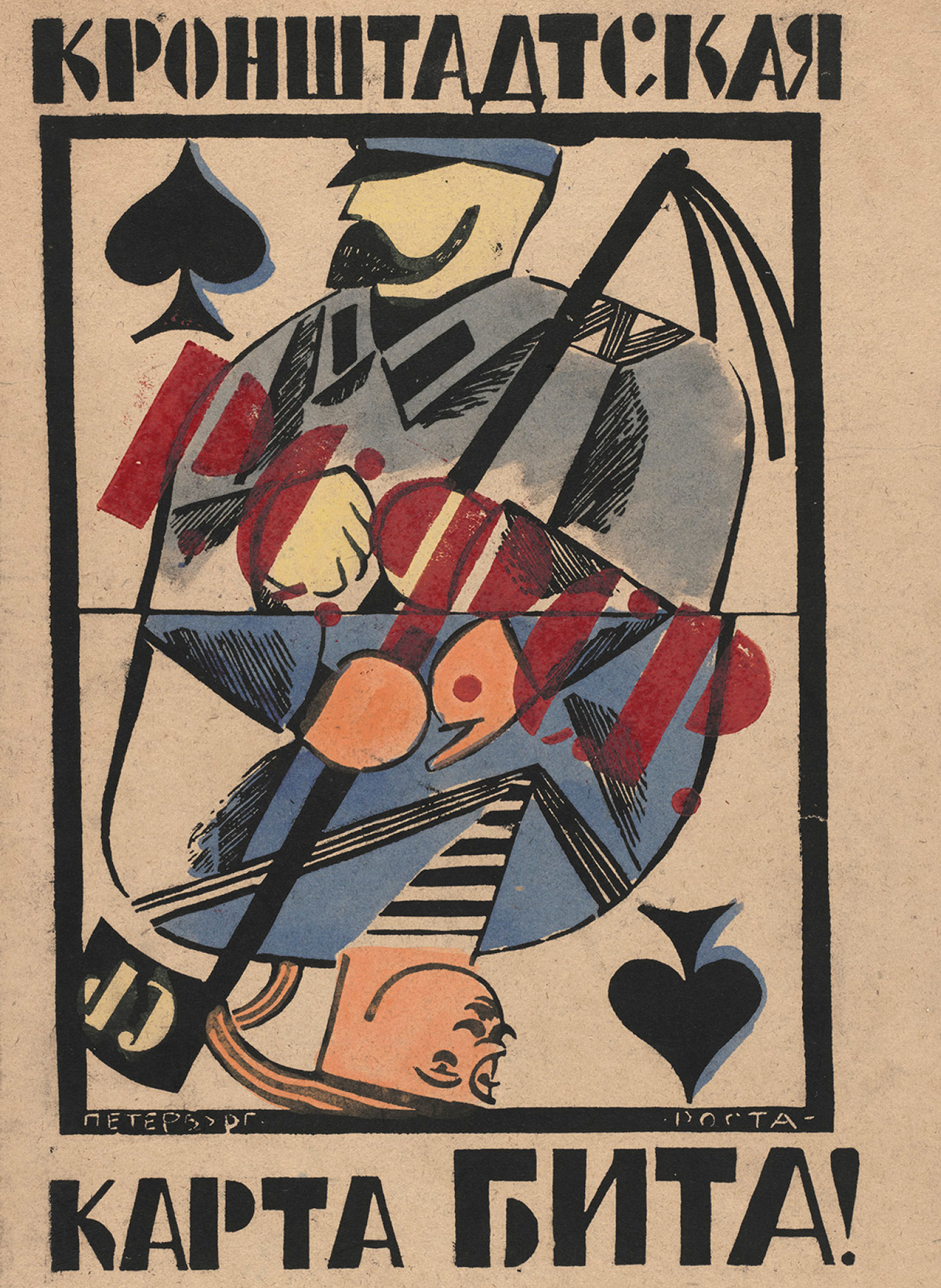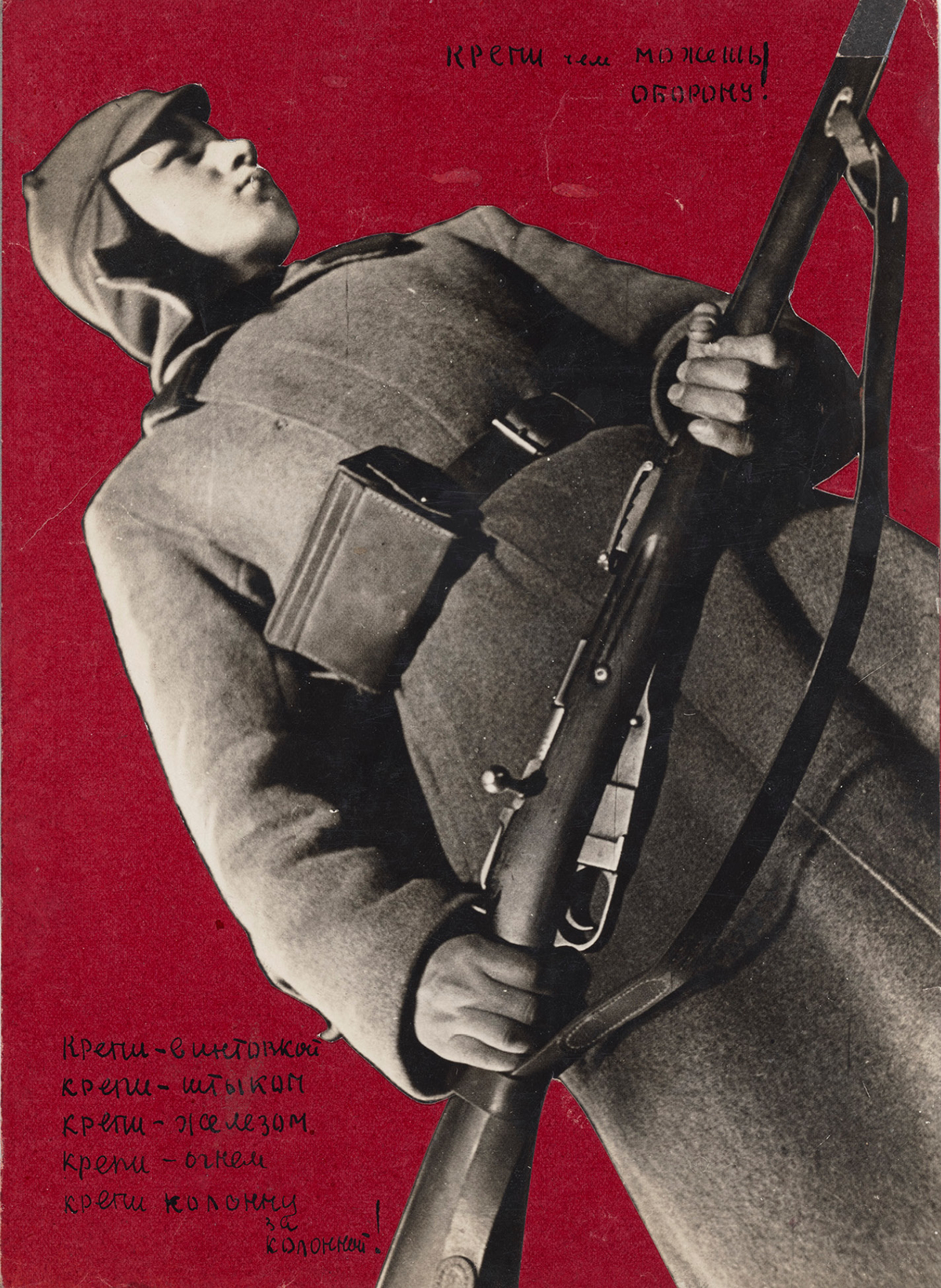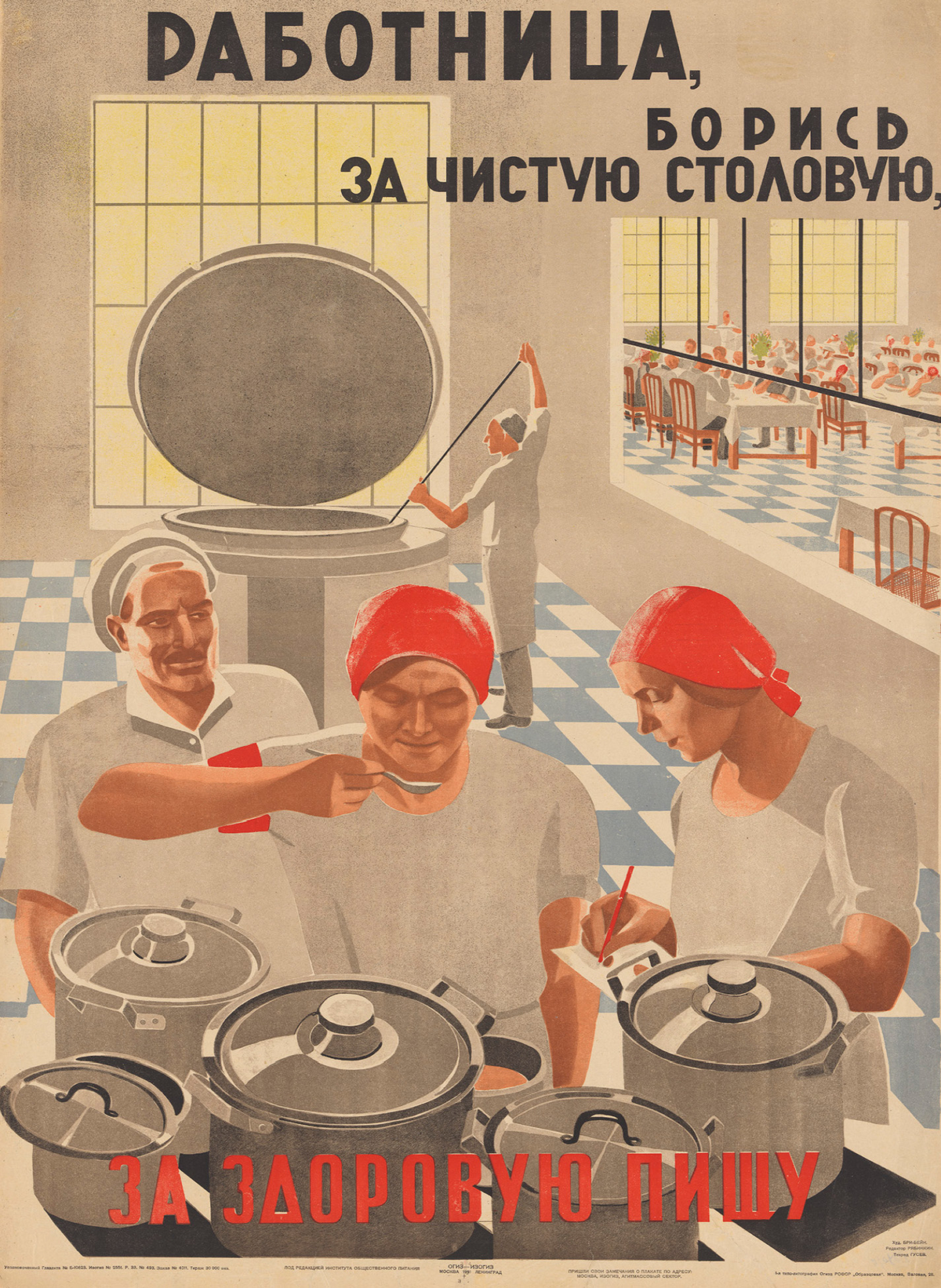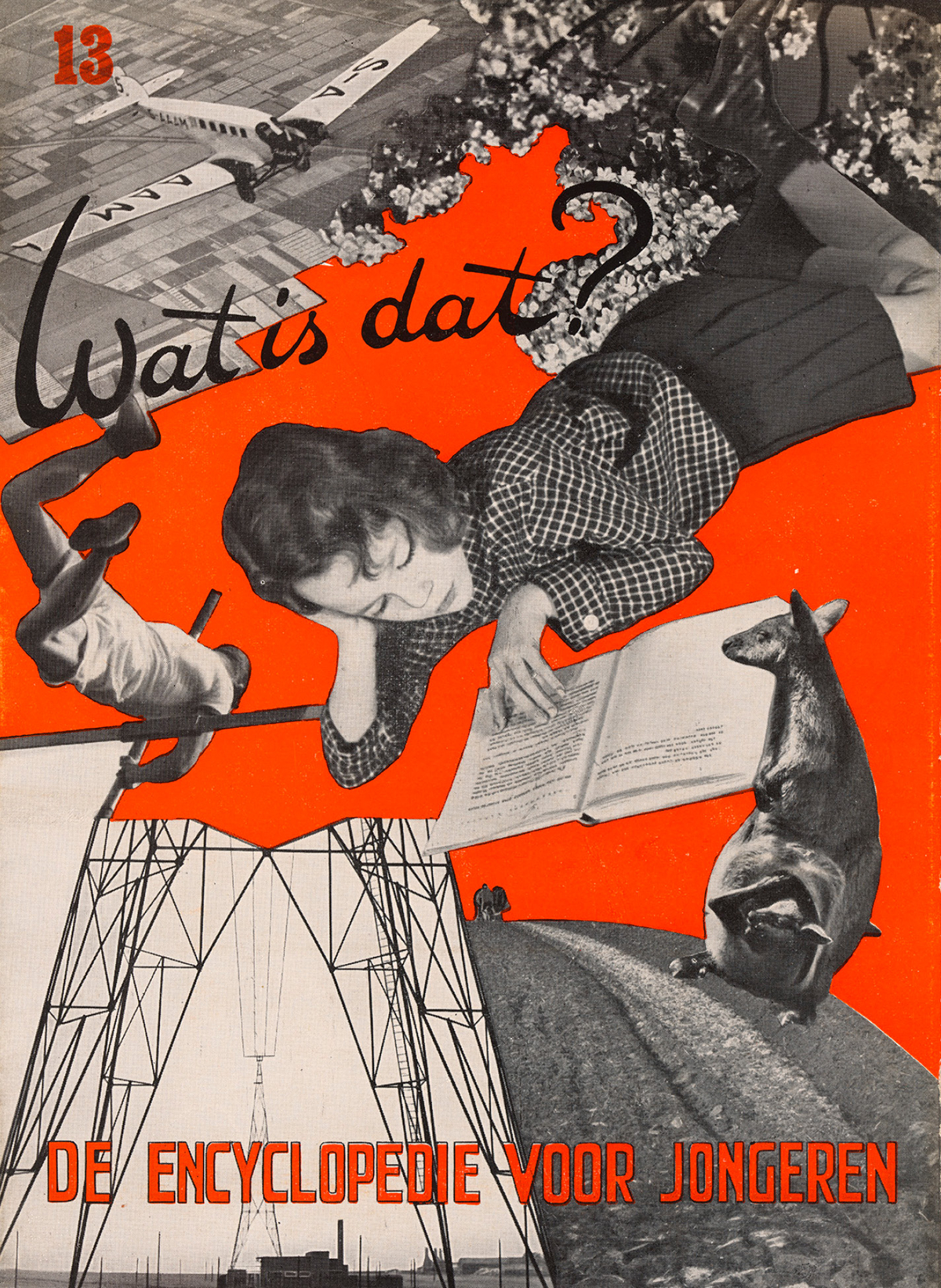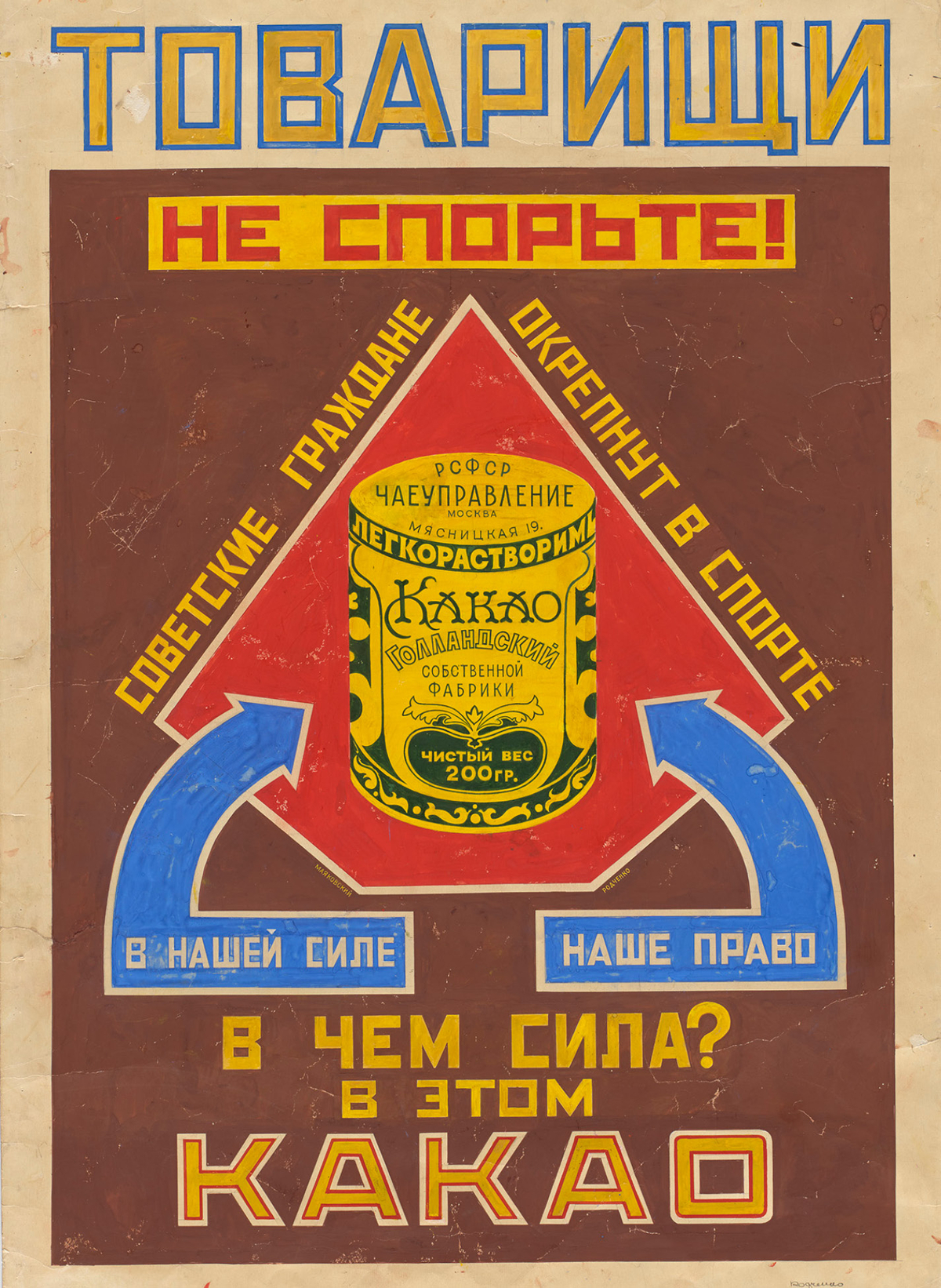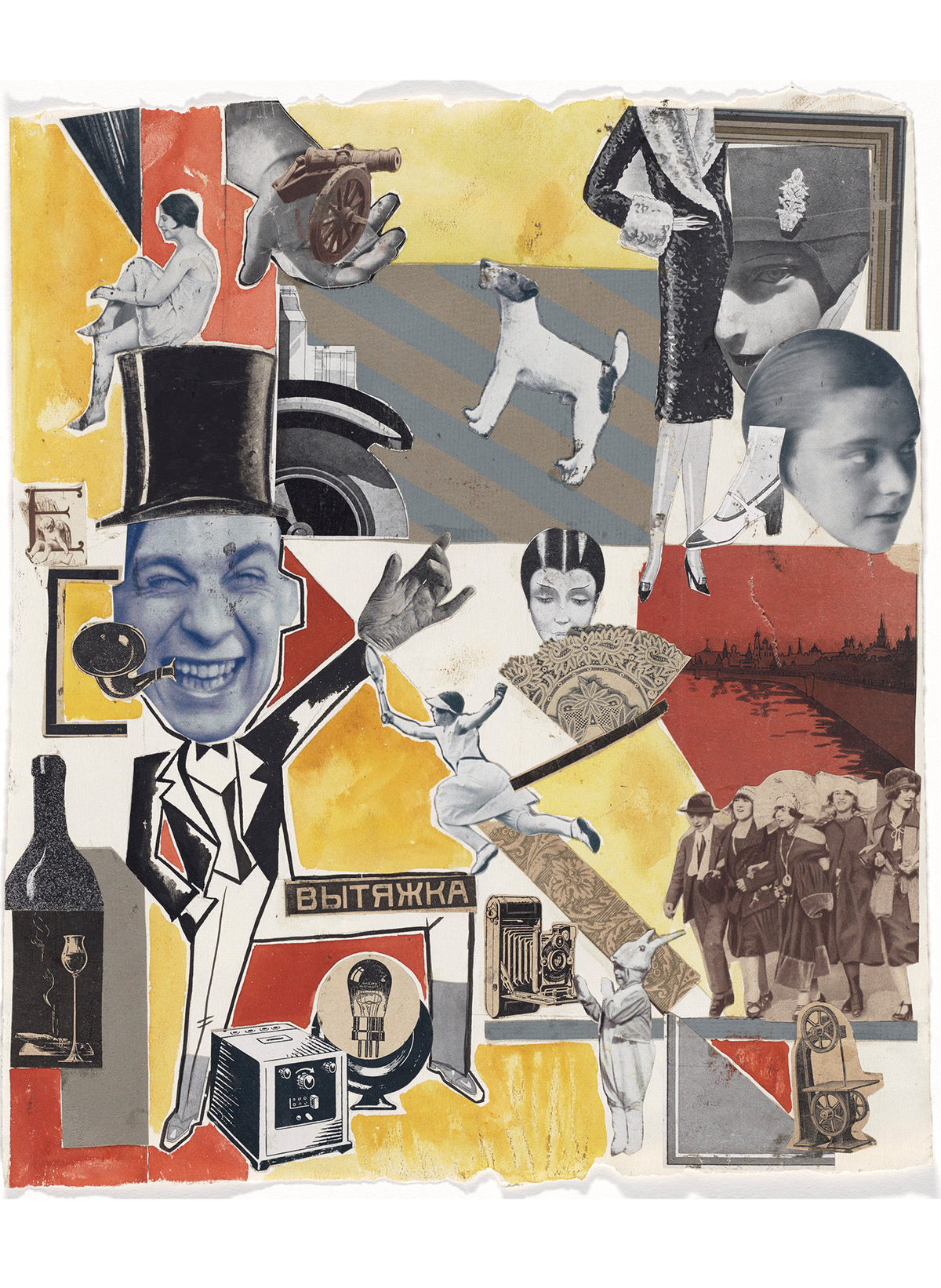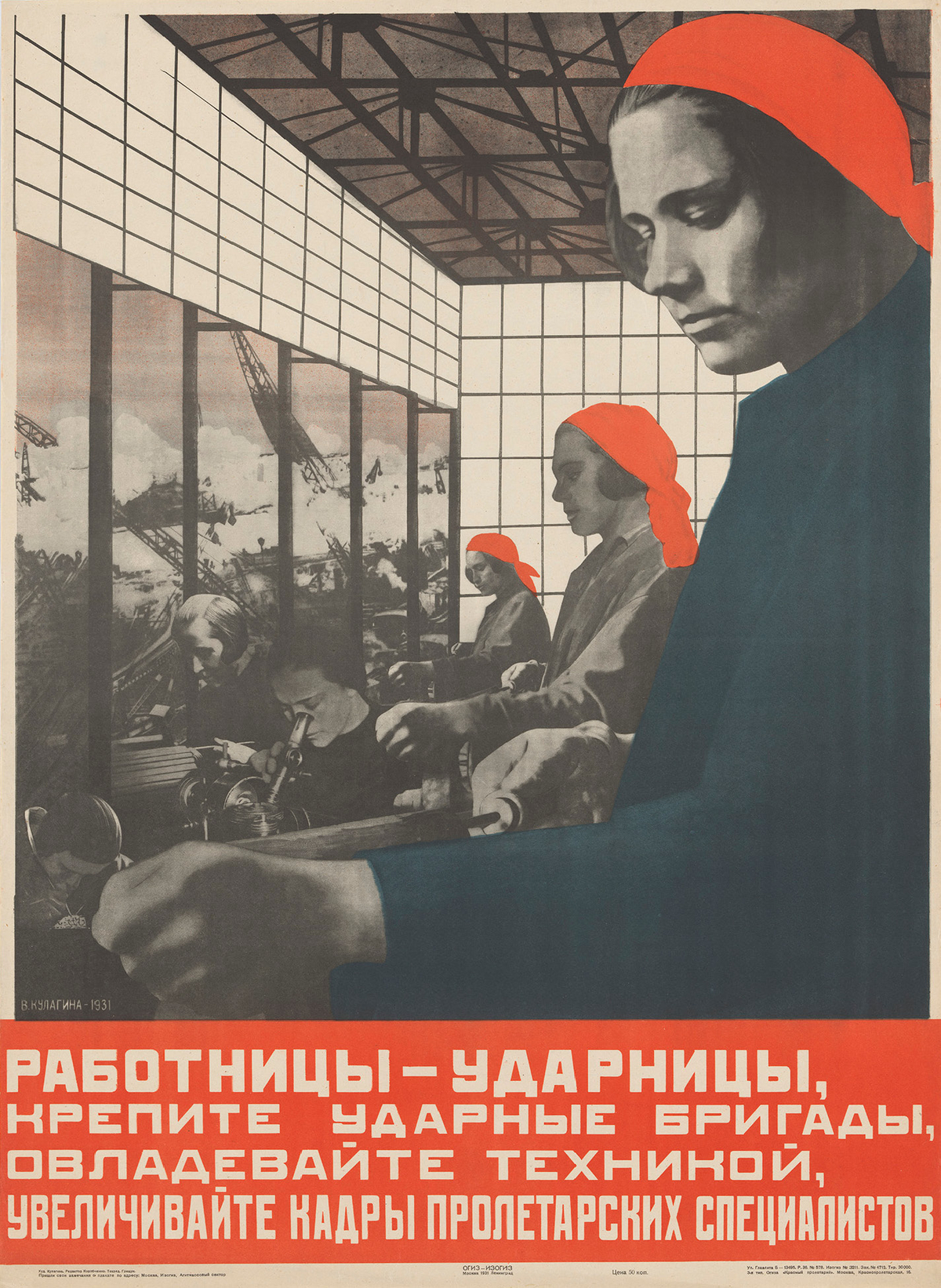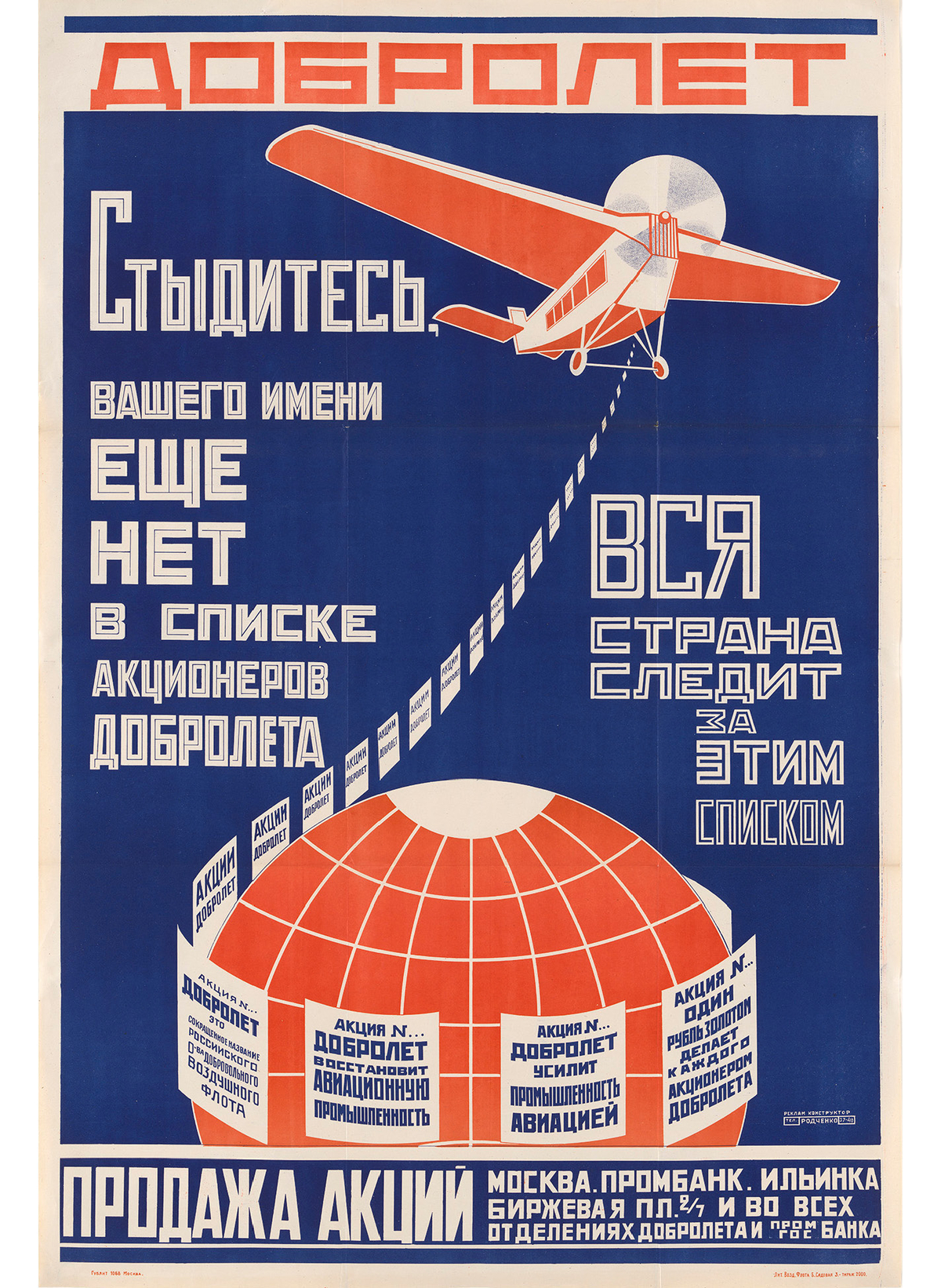Plastered to buildings on busy streets and in town squares, reprinted on towering billboards and in newspapers and magazines, art in 1920s and 1930s Europe was functional. The days of “art for art’s sake” had gone the way of World War I and the Russian Revolution, replaced by an energized, laser-eyed focus on political and social engagement, be it in Soviet Russia, Weimar Germany, the newly constituted Poland, Hungary, Czechoslovakia, or postwar Italy. Reflecting the dynamism of a continent transforming its industry, technology, and labor, artists forewent the traditional for the purposeful. Photomontage became the new painting; propaganda posters, the new sculpture.
Works by Aleksandr Rodchenko, John Heartfield, and others—on view in the exhibition “Engineer, Agitator, Constructor: The Artist Reinvented,” at New York’s MoMA until April 10, and compiled in an accompanying book of the same name—mark the museum’s recent receipt of more than 300 pieces from the Merrill C. Berman Collection, one of the great private collections of political art.
Among the artists highlighted, many are women, which is no coincidence. They played an essential role in avant-garde activities of the time, as reflected in such works as Varvara Stepanova’s Bolster Our Defense with Whatever You Can!, a not-so-subtle maquette of an armed soldier on a blood-red background, designed for the inside cover of a Russian journal. It’s a single work, says Merrill C. Berman’s daughter, Lisa, “encompassing themes that have run through my father’s years of collecting: a deep interest in photomontage and a recognition of the importance of women artists.” Onward! —Julia Vitale


